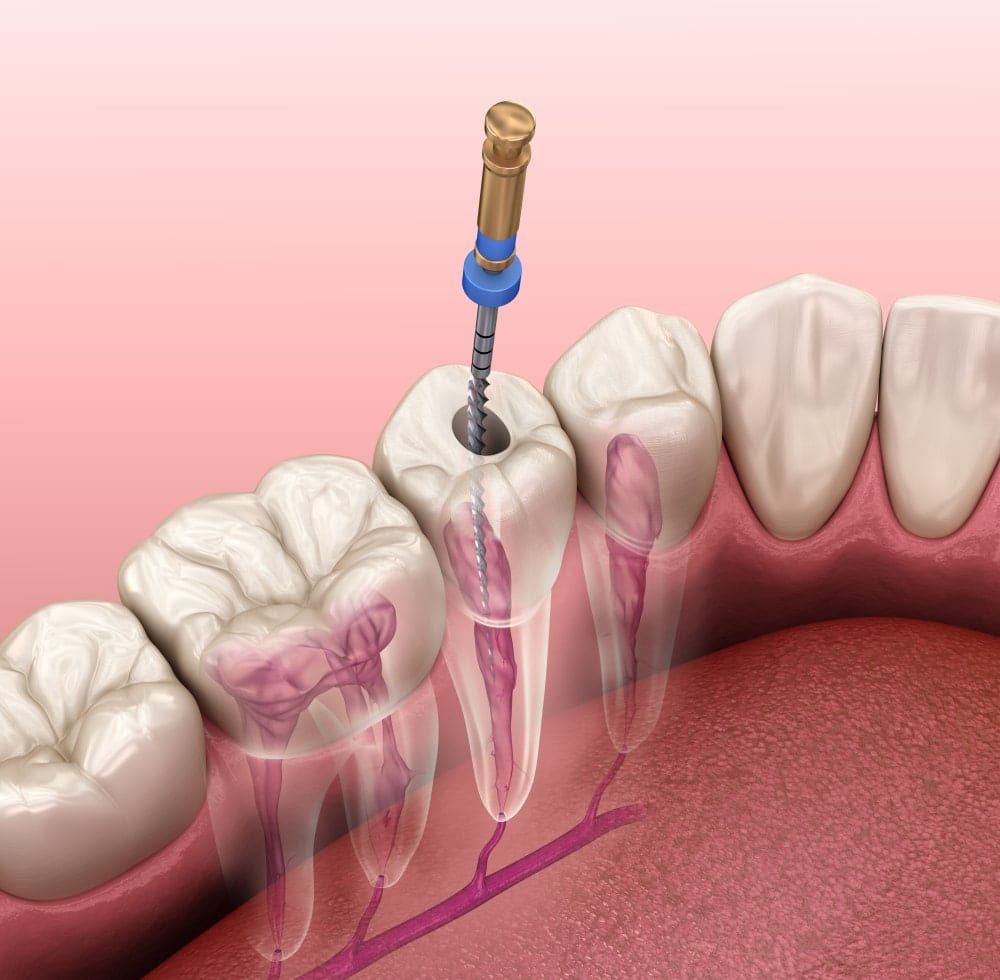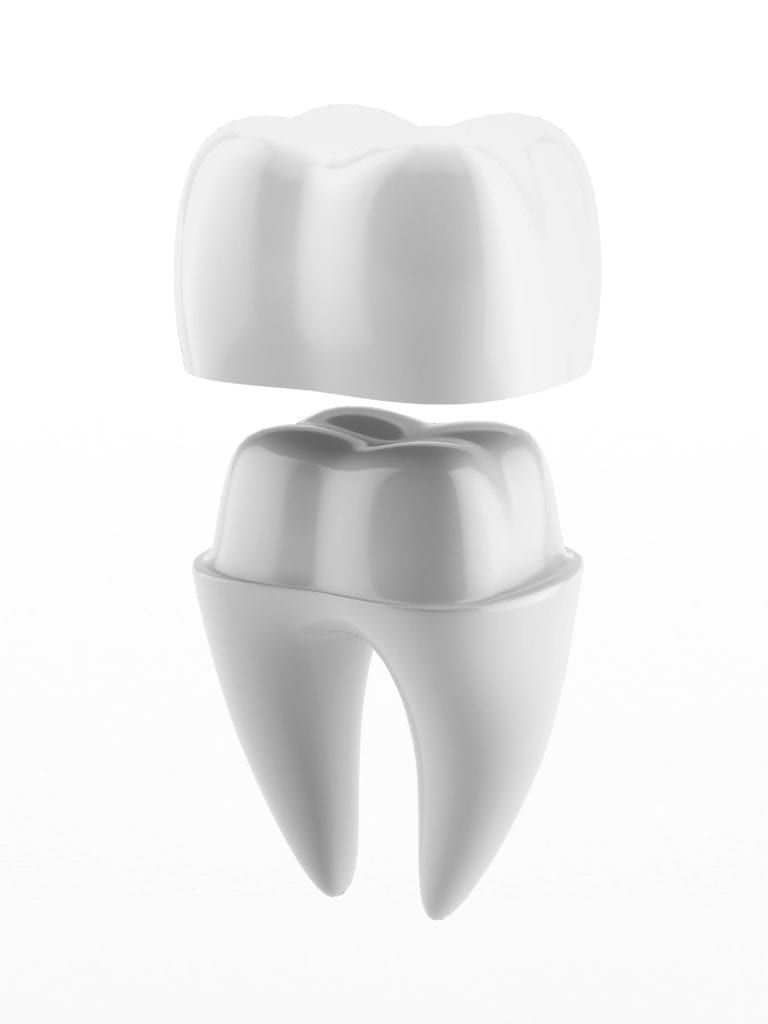How is a Root Canal Performed?
Sudden tooth pain, sensitivity to hot and cold, and tooth discoloration are all possible signs that you may need a root canal. Even if you don’t have any symptoms, your semi-annual dental checkup may indicate the beginning of a pulp infection. If your dentist detects a pulp infection, they will likely recommend that you get a root canal.
Root canal treatment, also known as root canal therapy, is an essential restorative procedure used to remove infected tissue from the inside of the tooth. If you are in need of a root canal, at this point you are probably wondering how a root canal is performed. Well, root canals are performed using a few different steps:
Step 1: Preparation
The first step to performing a root canal is to prepare you for the procedure. Your dentist will prepare you by using a dental anesthetic to numb the area. They may also offer you the choice of using dental sedation to keep you relaxed during the procedure. Dental sedation is ideal for patients who have an active gag reflex and/or dental anxiety. Once your mouth is numb and you are relaxed, then the next step can commence.

Step 2: Access
Unfortunately pulp infections occur inside the tooth. This means that your dentist will need to have access to the inside of your tooth. Using a dental drill, they will gently drill a small hole starting at the top of your tooth and moving down towards the pulp. Since you are numb, you should not be able to feel any pain, however you may feel pressure or vibrations.
Step 3: Remove the infection
Once your dentist has access to the pulp chamber, they will begin to remove all the decayed and infected tissue. They will completely clean out the inside of the pulp chamber and all the way down through the root canals. This ensures that the infection cannot continue to spread. After removing all the tissue, the remaining space will be flushed with a solution to clean the chamber and root canals.

Step 4: Restore the tooth
At this point, the inside of your tooth is completely hollow. To keep your tooth from collapsing in on itself, a rubber-like material called gutta percha is placed in this hollow space. In some cases, a supportive post may also be used. Finally, a dental crown is placed over the entire tooth in order to provide additional structural support and protect the tooth from being damaged or decayed.
Now that you know the four steps of how a root canal is performed, you are much more prepared for your root canal appointment. Knowing what to expect during a root canal makes the entire process easier and allows you to prepare yourself. Although root canals are not the greatest experience, they certainly are valuable procedures that will keep you smiling in the long run.
Dr. Claudia Wood completed her dental training at University of Detroit Mercy Dental School. She has worked in Detroit, Gross Point and Warren Michigan for two years. She returned home to Canada in 2006 where she worked with Dr. Trevor Mair in Scarborough from 2006 to 2011. Her clinical experience includes two years working at Detroit Receiving Hospital, one of the busiest hospitals in the U.S., and volunteering in Haiti in 2006 for 10 days.






